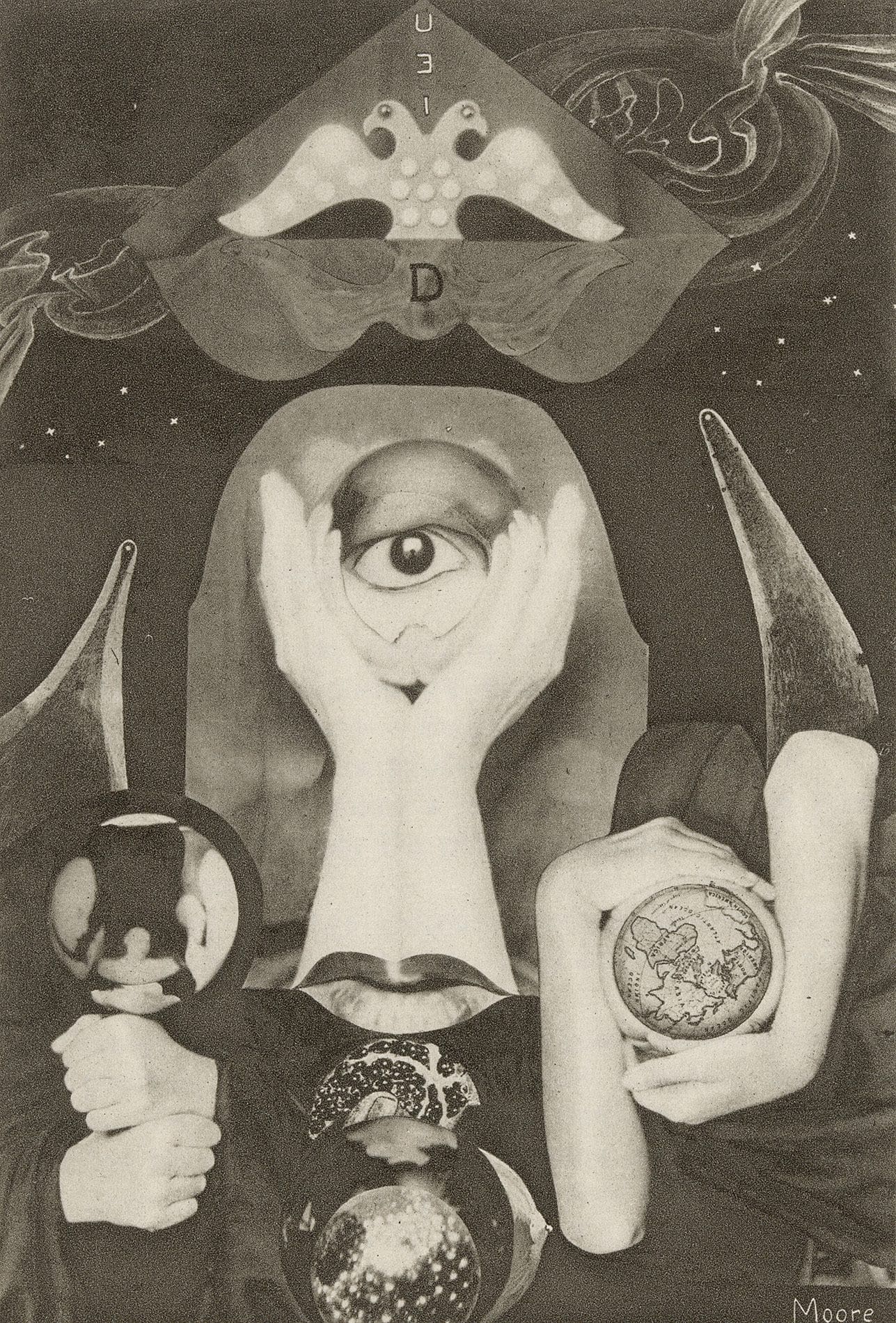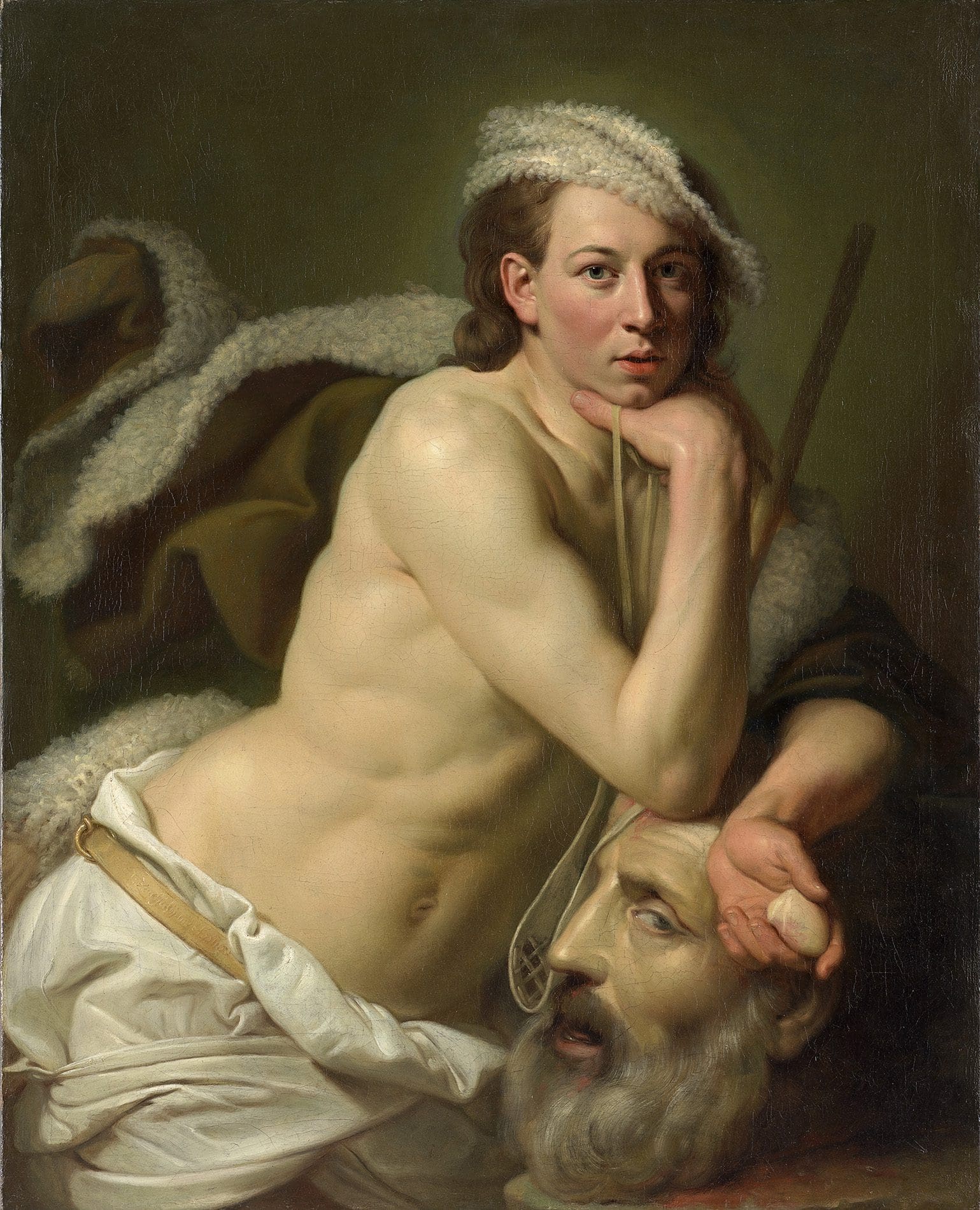
Piercing the veil
A new exhibition at Buxton Contemporary finds a rich complexity in the shadowy terrain between life and death.
Queer, as theorist bell hooks wrote, is “being about the self that is at odds with everything around it and has to invent and create and find a place to speak and to thrive and to live”. This is infused throughout the National Gallery of Victoria’s massive exhibition QUEER: Stories from the NGV Collection. With work collated from NGV’s collection, the show spans multiple decades and themes from over 400 artworks that speak to discrimination, prejudice, justice, political movements, protest, intimacy and queer as a sensibility. Here, four of the exhibition’s curators unpack the stories—from innuendos to pointed subversions to witticisms—behind four key artworks.

Dr Ted Gott, Senior Curator of International Art: Queen Elizabeth the Queen Mother (1900–2002) had a wide circle of queer friends, including Noël Coward, Cecil Beaton, Benjamin Britten and Stephen Tennant. For more than 50 years her closest servants at Clarence House were the openly gay royal pages William Tallon and his partner Reginald Wilcox. Tallon and Wilcox were famously the target of one of the Queen Mother’s witticisms. Overhearing the couple arguing downstairs, she is said to have shouted down to them: “When you two old queens have finished, this old queen would like a gin.” The British royal family’s staff has traditionally included numerous gay servants. “lf we didn’t have them as staff,” the Queen Mother is also reported as saying, “we’d have to go self-service.”

Pip Wallis, Curator of Contemporary Art: A celebrated artist of the Surrealist movement, Claude Cahun adopted her gender-neutral name in 1917. This book Aveux non Avenus is a collaboration between Cahun and her stepsister, romantic partner and collaborator, the artist Marcel Moore (her chosen name). The book includes a semi-diaristic text written by Cahun, along with collages made in collaboration with Moore. This subversion of the autobiographical genre combines nonsensical and contradictory text and images to disrupt stability of meaning. Claude Cahun wrote, “Under this mask, another mask; I will never finish removing all these faces.” She explored the performativity of identity and gender in her work, as she did in her life, dressing variously as a boxer, a doll and a sailor.

Dr Angela Hesson, Curator of Australian Art: Since the Renaissance, the biblical story of David and Goliath has inspired a plethora of homoerotic images. This version by Neoclassical painter Johan Zoffany sees the nubile, bare-torsoed David effetely propped upon the head of his opponent, his fingers cradling an unmistakably phallic rock. Such visual innuendos initially escaped the notice of the conservative establishment, and during the 1760s and 1770s, Zoffany enjoyed the patronage of the English Queen Charlotte and King George. The relationship ended abruptly in 1779, however, when the Queen objected to the artist’s inclusion of lecherous young men and two notorious ‘finger-twirlers’ (a pejorative term for gay men) among the figures in Zoffany’s grand-scale painting, The Tribuna of the Uffizi (1772–77). The royal couple never employed Zoffany again.

Meg Slater, Assistant Curator of International Exhibition Projects: “A garishly decorated BYO coffee lounge, it nestles alongside the city’s fruit and vegetable market, but is far less colourful or interesting.” This description was used to describe Trish’s Coffee Lounge in issue 41 of GAY, a former publication of Star Newspapers in Sydney. It is one of the few printed references to Trish’s I could locate when researching this striking 1979 photograph of renowned drag queen Maxine Du Barry, captured by the late, Melbourne-based social documentary photographer Viva Gibb. On a cigarette break between performances, Maxine looks directly into the camera. While she holds your gaze, other distinguishing features of Trish’s décor can also be glimpsed; namely, the coffee cup on the table, and a group of patrons sitting in a booth, likely waiting for the next show. These details highlight the hybrid nature of Trish’s, at once a coffee lounge, disco, and a site where legendary drag queens performed.
QUEER: Stories from the NGV Collection
National Gallery of Victoria
10 March—21 August